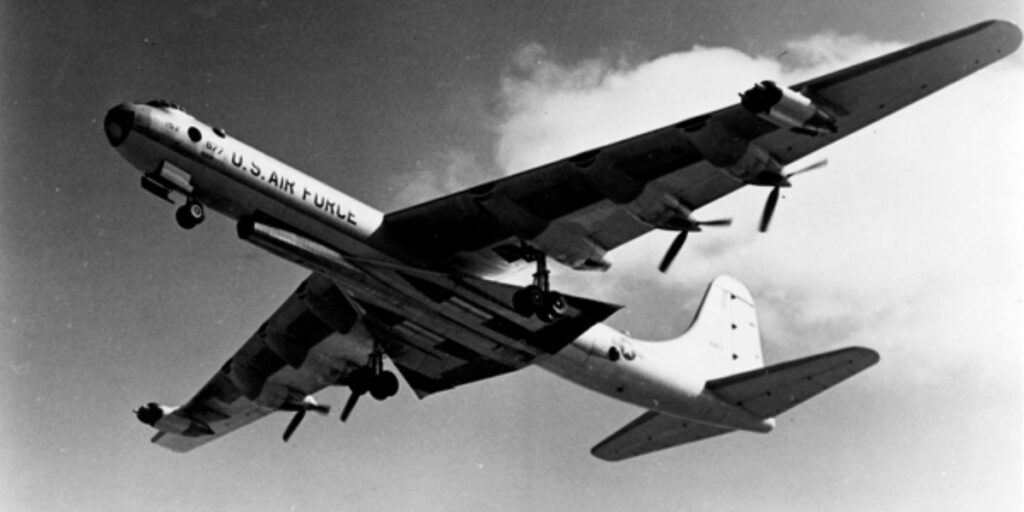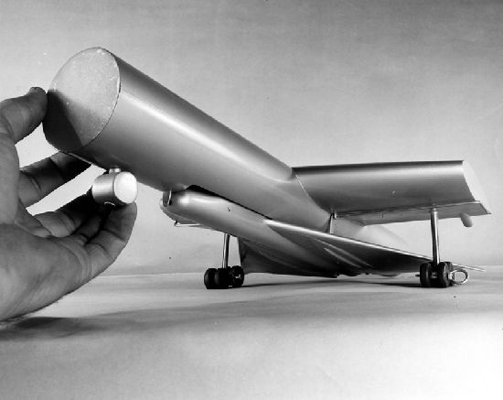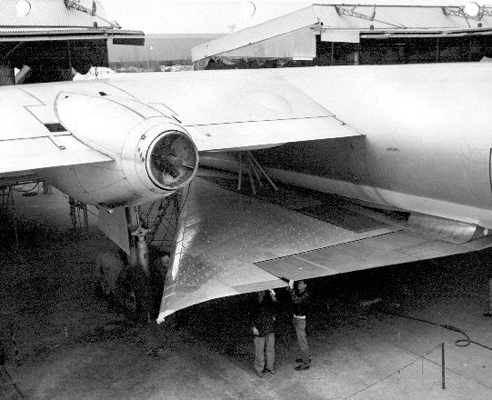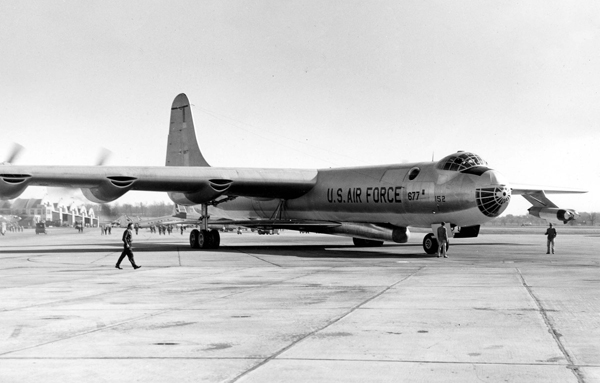Convair was able to move the XB-58 prototype from Fort Worth, Texas, to Wright-Patterson Air Force Base in Ohio, for testing, using a modified Peacemaker bomber, with ease because of the massive B-36
Originally intended to be a transatlantic bomber to attack Europe from US bases, the Convair B-36 was first conceptualized in 1941. By 1943, the Pacific Theater was being used against the Japanese home islands, rather than the European Theater. The prototype XB-36’s first flight was not scheduled until August 8, 1946, nearly six years after the original design contracts were signed, due to additional design modifications and the B-29s‘ increased success.

The largest production bomber ever produced is the B-36 Peacemaker. It was called the “Magnesium Monster” by pilots. Five gunners, two navigators, a bombardier, a flight engineer, a radio operator, a radar operator, two ECM operators, and a pilot made up the B-36J crew.
The B-36 never dropped a bomb during battle, despite being the largest bomber ever constructed and having the largest combat unrefueled radius.

However, Convair was able to move the XB-58 prototype from Ft. Worth, Texas, to Wright-Patterson Air Force Base (AFB), in Ohio, for testing using a modified Peacemaker bomber, with ease thanks to the large B-36.

The bomb bay doors and the left and right inboard engines’ propellers were removed because they were in the way of the XB-58’s wings, which were positioned beneath the bomber, according to the Travel for Aircraft website.
The XB-58 was not equipped with engines, and the vertical fin assembly was removed since the airframe was being tested. The remaining eight engines of the Peacemakers (four reciprocating and four turbojets) plus their superior wing made job easier.

Bill Plumlee, a former manager of Convair’s manufacturing, appears in the video below explaining the B-58 Hustler airframe’s ferry trip from Fort Worth to Dayton while it was mounted to the underbelly of a B-36.
Photo by U.S. Air Force and San Diego Air & Space Museum archive

